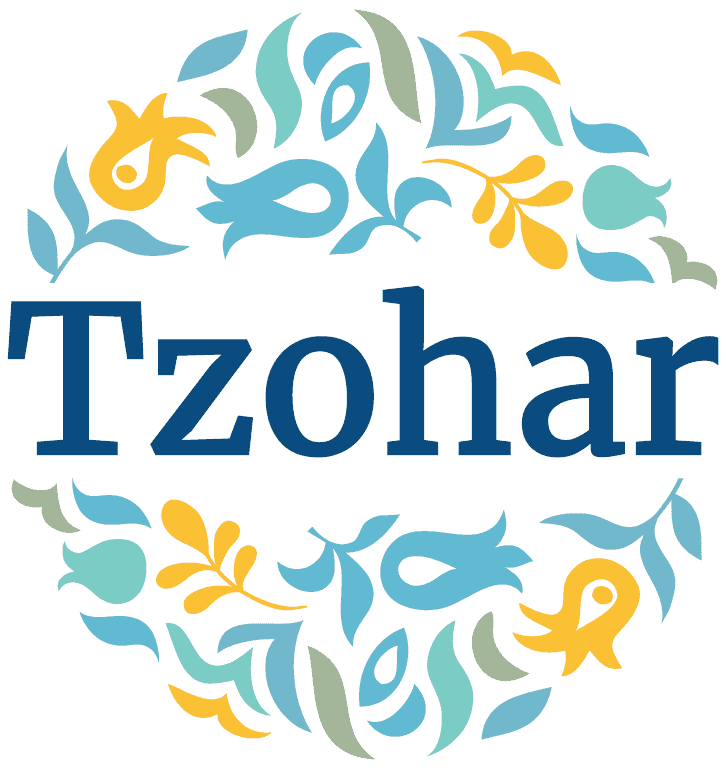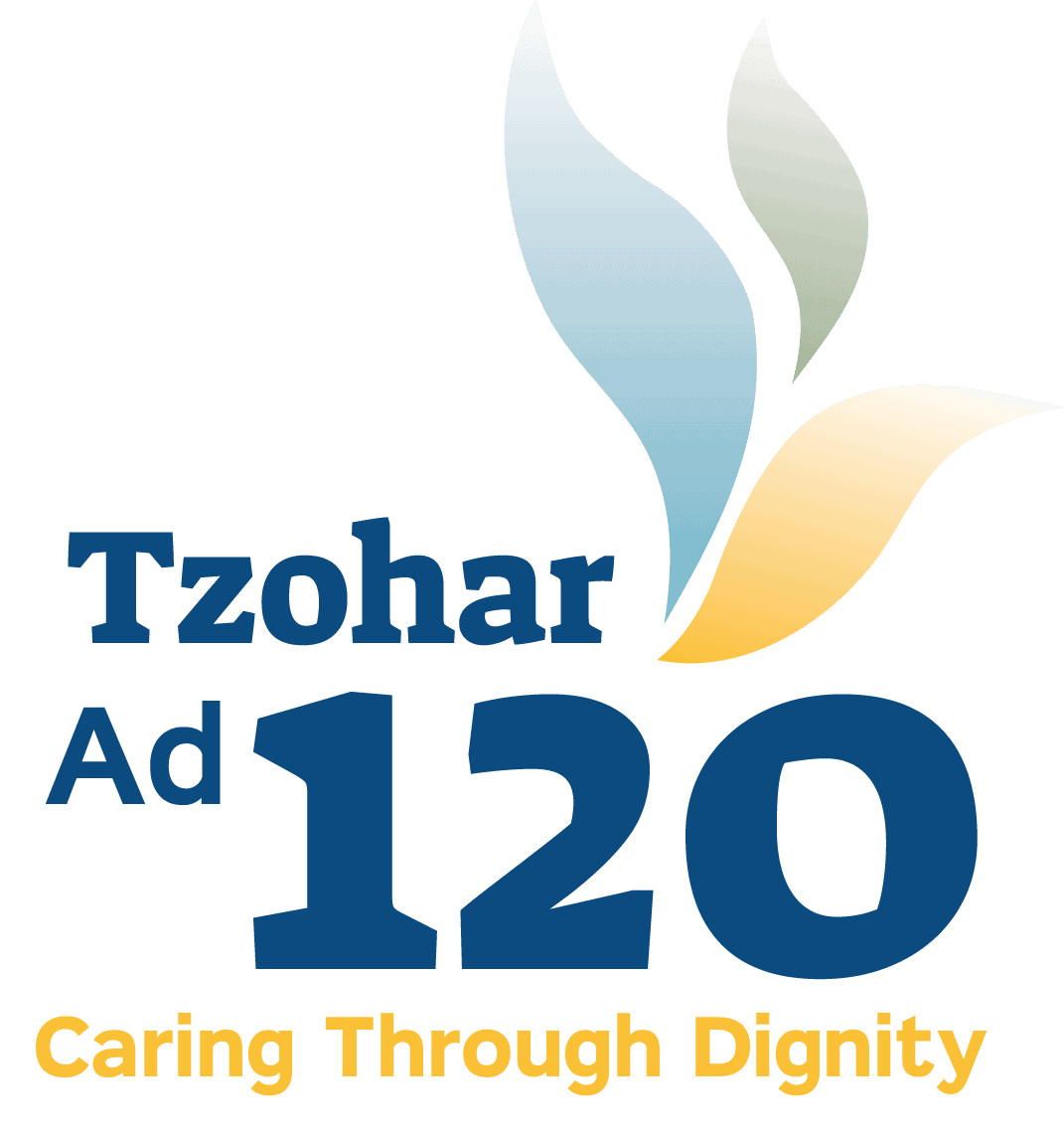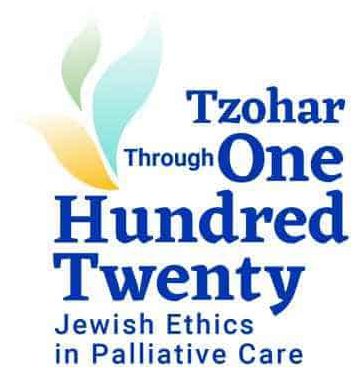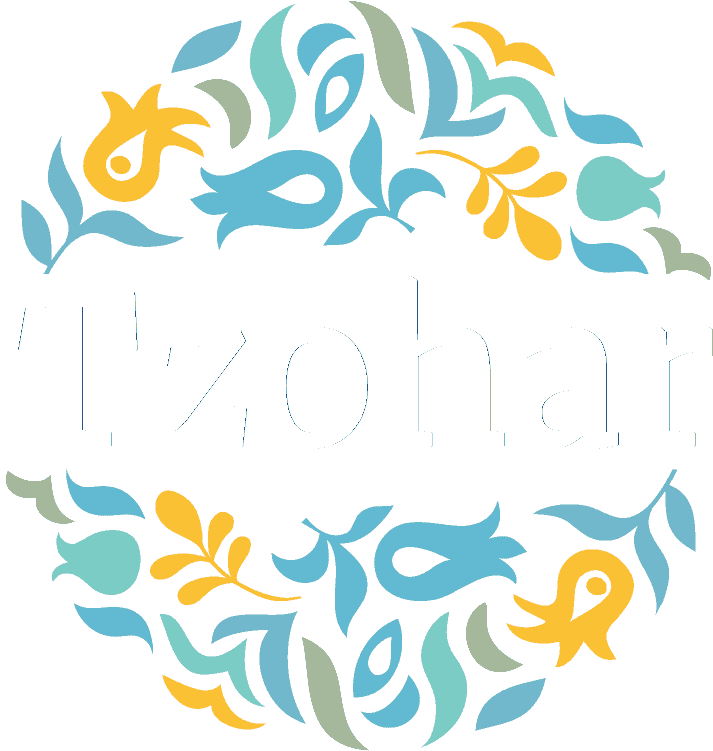1. Introduction
Can one cease ventilation of a suffering patient when chances of recovery are low or non-existent? Medical capabilities nowadays enable prolonging of life under these circumstances, but is it proper to take this step regardless? Does the obligation to prolong life apply even in situations where there is no benefit and the treatment only adds suffering to the patient? Terminally ill patients will at times express their wishes to abstain from artificial respiration, whether when the need arises or beforehand as an advance directive. Even amongst patients that are not terminally ill or in a state of emergency, there are cases where a patient has lost the will to live and is not interested in further treatment. At times the issue does not just involve the patient’s wishes; the medical personnel may bring up the issue of whether artificial respiration will be beneficial.
This position paper will deal with the following issues: Is it legitimate to consider withholding mechanical ventilation? Is there a difference between stopping artificial ventilation as opposed to withholding the treatment outright, with a focus on whether there is a middle ground between cessation of mechanical ventilation and continuing with total respiratory treatment? Is it permissible to lower the amount of treatment, oxygen, or dosage of a patient’s medication in such a way that it does not endanger his life imminently or directly, but will likely result in his/her death after a couple of hours?The issues dealt with in this position paper are very serious. Any small change in case details can change the conclusion, and therefore one should not decide the halacha directly from this paper. For practical advice, reach out to Tzohar’s 24/6 call center at *9253
2. The Ethical Dilemma
When we discuss the issue of removing ventilation, withholding ventilation, or lowering the rate of oxygen delivery to a patient with poor prognosis, we are faced with a conflict between values, mitzvot, and prohibitions. On one hand we have the inherent value of life and its sanctity, as well as the prohibition to interfere with it, and on the other hand exists the value of man’s autonomy over his body and the value of quality of life. The inherent value and sanctity of life necessitates preferential treatment to conserving human life, but in certain cases it is possible for quality of life to trump the inherent value of life. Granted that quality of life is subjective, and therefore will not usually function as the main determinant or deciding factor in withholding treatment. The most important value facing the inherent value of life is man’s autonomy over his body. In the past, the medical community had adopted a paternalistic approach, according to which the doctor was considered to know what is best for the patient and therefore would determine how to treat him. However, in the last couple of decades the autonomy approach has assumed the mantle the paternalistic approach once held. According to the autonomy approach, man is responsible for his own body and should be able to make decision regarding it independently. From the principle of autonomy, it is understood that a patient of sound mind should be the ultimate decider regarding his or her treatment options. The approach generally accepted today requires finding a balance between these perspectives: placing an emphasis on the patient’s right to autonomy without losing the professional opinion of the doctor and his responsibility towards his patient. The level of balance between these values can fluctuate between societies and therefore the healthcare policies differ from country to country.1
3. The Jewish Position
3.1 The Sanctity of Life and the Obligation to Preserve a Life
The sanctity of life is a lofty value in Judaism. The primary source of the prohibition of murder in the Torah connects the prohibition with man’s creation in God’s image: “Whoever sheds human blood, by a human shall his blood be shed, for in the image of God man was made” (Bereishit 9:6). In accordance with this Chazal expounded, “‘and live by them [i.e. the mitzvot]’ – and not die by them” (Yoma 85b). From here the Gemara learns that the majority of mitzvot are pushed aside in order to save a life. Yet, the fact that there are three penultimate sins (ibid. 82a) of which it is stated “one should die and not transgress them” teaches us that the inherent value of life does not trump all. Life’s inherent value mandates maintaining a healthy lifestyle, and therefore one who is sick is commanded to seek out treatment, and medical professionals are commanded to heal him2. Included within this is the prohibition against suicide3. Even so, halacha acknowledges that circumstances exist where the obligation of preservation of life is waived due to tremendous suffering. The basis for this ruling is found already in the words of the Rishonim. For example, when the Rishonim try to explain the end of King Shaul’s life, they conclude that the prohibition of suicide was waived due to the suffering Shaul would have endured in the hands of his enemies4. The greatest poskim of our generation have also engaged in this question from a medical perspective5.
To take matters farther, one can find evidence for specific end of life cases where man was permitted to withhold treatment of himself despite a lack of suffering6. The Gemara (Sotah 46b) recounts regarding the city of Luz that the Angel of Death did not pass through it “rather the elders – when they felt their minds grow weary – would leave the walls [of the city] and would die”7. The midrash tells of an old woman who lost the will to live. Rabbi Yose instructed her to stop going to synagogue, and due to this she passed away three days later. The woman claimed: “I have aged too much, and from hereon out I live a dismal life, unable to taste food or drink, and I wish to pass from this world”8. This woman did not suffer immensely, and even so Rabbi Yose accepted her claim and helped advance the timeline of her death9.
3.2 Man’s Ownership Over His Body
The debate over whether a patient can make decisions regarding his body which may shorten his life touches on a question that divided the Achronim: does man have ownership over his own body? It is worthwhile to note that even according to those who hold that man does have ownership over his body, this refers to partial ownership with God and does not grant the right to cause himself bodily harm10. From a halachic perspective, the question of man’s ownership over his body has ramifications on the extent of one’s responsibilities to it: when is he misusing his body and in what situations can the owner (God) demand its return without man being responsible to fight for his life11?
3.3 Removal of an Object Preventing Death
The main source for death-quickening procedures is from the Aggadah, which tells us of the execution by fire of Rabbi Hanina ben Tradyon (Avodah Zara 18a). On one hand, Rabbi Hanina refuses to open his mouth in order to his death closer. On the other hand, he accepts the offer of the executioner to increase the flames and remove the wool surrounding his heart in order to expedite the process. One can conclude from here that at a certain stage of dying not every action that brings death closer would be prohibited. However, the precise definition of permissible and prohibited on the basis of this source is not well defined12.The fundamental debate around psak in this case is found in the writings of the Rama. King Shlomo writes in Kohelet 3:2 “a time to die”, expounded by Rabbi Yehuda Chasid that there is a stage where man is ready to die and one may withhold efforts to save him: “Why does Kohelet say this? It must be that when man is dying and his soul begins to leave him we do not cry out that his soul should return, for he can only live a small number of days and those days would be full of suffering”13. Based on the words of the Sefer Chasidim, the Rama differentiates between direct actions and “removal of an object preventing death”. Direct actions that bring death closer are prohibited unequivocally, whether as treatment administered directly to the patient, movement of his body, or even active procedures done without coming into direct contact with the patient. In contrast, removal of an object preventing death is allowed, and at times even required. The distinction between an active procedure and a passive one is not clear in borderline situations14.
3.4 Mechanical Ventilation
The discussion around “removing an object preventing death” has direct ramifications on the issue of artificial respiration. Granted that some hold that stopping ventilation is considered “removing an object preventing death” and is permissible in certain medical cases15, but the accepted opinion amongst almost all poskim is that withdrawing artificial respiration is a death-quickening procedure, and therefore prohibited. Only passive prevention of connection to a ventilator is permissible16. This is true not only regarding machines but also removal from supportive medications such as dopamine and its analogues17.
However, when death would occur with the reduction of treatment dosages – mainly by lowering the percent of oxygen delivered to the amount of oxygen content in normal air – there is extensive halachic basis to claim that this action is not active euthanasia and falls under the category of “removal of an object preventing death”. This is indeed how the Gedolei Hador have ruled: Rabbi Shmuel Halevi Wosner zt”l and Rabbi Shlomo Zalman Auerbach zt”l.
It should be emphasized that this ruling is dependent on the following conditions:
- The medical team has determined the patient has no chance of recovery.
- The estimated life expectancy is very short.
- There is an understanding that the patient would not want to continue to live in suffering with no positive outcome.
This heter exists only when all three conditions are met and does not act as a general heter to disconnect a patient from a mechanical ventilator in any situation.
4. Conclusions
- It is prohibited to disconnect a patient unable to breathe independently from a mechanical ventilator or to cease oxygen therapy18. In rare cases where the ventilated patient is in extreme distress – one should consult a rabbi about how to progress19.
- There is no obligation to connect a terminal patient with poor prognosis who has ceased breathing independently to a ventilator when the assumption is that this action will increase his suffering, during the ventilation or afterwards20.
- It is proper to connect a terminally ill patient to a ventilator that operates at fixed intervals in order to allow for decision making regarding whether to withhold renewal of the artificial respiration21, however the technological abilities to do this are complicated.
- When a patient reaches failure of at least three essential body systems and is suffering, it is permissible to decrease or stop treatment altogether, as long as the assumption is the action will not cause the immediate death of the patient, but will cause his death in a couple of hours.
Therefore:
- It is permissible to lower the ventilation rate to a point where the patient is breathing on his own.
- It is permissible to lower the ventilation rate to a point where the patient is still breathing but will possibly die from his condition in a short period, as well as lowering the concentration of oxygen to 21%, the concentration in normal air.
- It is permissible to incrementally lower the dosage of vasopressors, even if this leads to a decrease in blood pressure.
- It is permissible to withhold nutrition of the patient in lieu of a feeding tube (enteric nutrition), or even to subsist on intravenous solutions containing salt and glucose.
- It is permissible to stop administration of prophylactic anticoagulants or drugs that reduce bleeding.
- It is permissible to stop administering insulin given for hyperglycemia.
הערת שוליים
- See: The Medical Halachic Encyclopedia, volume 5, entry ‘Terminally Ill [1]’, pages 171-176; volume 2, entry ‘Consent’, pages 633-717; position paper of the Israeli Medical Association, ‘Medical Ethics, the Treatment of Terminal Illnesses, and Ineffective Treatments’, October 2019 (https://bit.ly/3gigj8k); Avinoam Reches (editor), Medical Ethics: Principles and Position Papers, pages 121-122 (https://bit.ly/3owfonB); Daniel Sinclair, ‘Patient Autonomy, Judaism, and Democracy in the Patient Nearing Death Act’, 5766-2005, HaMishpat, 21(5776), pages 224-229 (on these pages the author summarizes the discussion of patient autonomy in Anglo-American law; further on in the paper he considers the status of autonomy within halacha); Roi Gilber, ‘Until the Last Breath – on Stopping Mechanical Ventilation in Terminally Ill Patients According to the Ruling in Motion (Tel Aviv) 14-11-16813 John Doe vs. Attorney General, Mivzak Case Law Insights, 42 (May 2015), pages 35-69 (https://bit.ly/3lNUwGD); Ram Yishai, ‘Nutrition of Terminally Ill Patients and the Right to Die’, HaRefuah, 141.2 (5762), David Stein, ‘Terminal Illness and the Sanctity of Life’, HaShiloach, 20 (5780), pages 65-85. There was a dedicated section of edition 51 (July 2019) of the journal Refuah VeMishpat entitled ‘Treatment of the Terminally Ill – Corrective Agreement in the Clinical and Legal Field in Light of the Patient Nearing Death Act’, containing 9 essays. The essays are found at the website “Inbal – the Medical Risk Management Unit” (https://bit.ly/39PbYrM). These dilemmas have been faced by Israeli legislature and rulings have been determined in the ‘Patient Nearing Death Act’. The law differentiates between ‘a patient nearing death’ and ‘a patient in terminal stages’: the former suffers from a terminal illness with a life expectancy no longer than 6 months (even with treatment). The latter is in a state where a number of essential body systems have failed and his life expectancy is no longer than two weeks. According to this law, a patient nearing death who is mentally competent and does not want his life extended should have his request granted and treatment should be withheld. However, one is required to encourage oxygen administration, food, and liquids even via artificial methods. When the patient is not mentally competent and it is determined he does not want his life extended, one should withhold treating the illness, but not supportive treatments such as food and liquid administration. When the patient is in terminal stages, one should withhold even supportive treatment excluding IV administration. See articles 8, 15-17 of the Patient Nearing Death Act, 5766 – 2005. Some of the essays at the beginning of this endnote discuss this law, its benefits and its drawbacks, and its practical implementation in the medical system.
- Shulchan Aruch, Yoreh Deah 336:1, see: position paper ‘The Obligation to Be Healed’, https://bit.ly/3BGnXTz. Though there are achronim that base their ruling on the Ramban’s statements in his commentary on the Torah regarding avoiding seeing a doctor, but the generally accepted opinion is according to the Ramban’s statements in Torat HaAdam (Sha’ar HaMeichush, the Matter of Sakanah [Rabbi Chavel Edition, Jerusalem 5724], pages 41-43) where he writes that it is a commandment to be healed. See: Tzitz Eliezer responsa, volume 17, article 2; ibid., volume 5, Ramat Rachel, article 20; Yabia Omer, Choshen Mishpat, volume 4, article 6; Yechave Da’at, volume 1, article 61; see also endnote 12.
- Mishneh Torah, Halachot of Murder and Preservation of Life, chapter 2, halacha 2. Regarding the question of whether the prohibition of suicide applies in situations of great suffering, see: Yabia Omer, Yoreh Deah, volume 2, article 24; Tzitz Eliezer, Yoreh Deah, volume 5, Ramat Rachel, article 25; Rabbi Amit Kola, ‘The Legislation of “Physician-assisted Suicide” in Halacha’, Tchumin, 37 (5777), pages 113-126; The Medical Halachic Encyclopedia, volume 2, entry ‘Suicide’, pages 47-49.
- Two components are discussed surrounding the death of Shaul: (1) the act of suicide itself (Shmuel 1 31:3-5); (2) the story of the Amalekite youth who claimed to bring King Shaul’s death to fruition (Shmuel 2 1:6-15). The main Talmudic source used for the halachic discussion of death-quickening procedures in places of suffering with poor prognosis is the death story of Rabbi Hanina ben Tradyon, see elsewhere. Additional discussions: (1) Ulla’s opinion regarding the account of the two residents of Hozai (Nedarim 22a), who told the murderer to further incise the neck and bring the victim’s death quicker; (2) The account of Rebbe’s death (Ketubot 104a) and the question of whether there is a stage where one can pray for the death of an ill person; (3) The ruling regarding one trapped under debris on Shabbat (Yoma 85a), where we violate Shabbat even for a person found to be crushed and mortally wounded; see more sources elsewhere.
- See Igrot Moshe, Choshen Mishpat, volume 2, article 74:2: “In cases where there is suffering and no medicine can alleviate it, [in these cases] it is better for one to die than live such suffering”. His opinion is that in cases where there is no option for healing a person and continued treatment is fraught with suffering, there is no obligation to heal the patient; even in cases where we do not know the patient’s opinion, the assumption is that death is preferred over life. Compare this to the Tzitz Eliezer, volume 18, article 62, that even in cases of suffering there is no heter for withholding treatment: “That even a life of suffering and severe illness, they should never befall us, that are unavoidable, even [in these cases] they are preferred over death”. For more discussion on the topic see: position paper ‘Suffering in the Context of Medical and Halachic Considerations’, https://bit.ly/3p21hK7, and endnote 11 there.
- We see in Tanach as well that Eliyahu and Yonah ask to die, without the existence of physical suffering. Rachel says to Yaakov “bring me children for without it I am dead” (Bereishit 30:1), teaching us that life without childbearing is considered in her eyes like death. Elsewhere we discussed medications, specifically whether it is beneficial to prefer a life-saving medication over a medication that ‘just’ offers quality of life. See: Rabbi Yuval Cherlow, ‘Inclusion of Medications for Quality-of-Life Improvement in the Healthcare Package’, Tchumin, 28 (5768), pages 383-391, especially page 390.
- Rabbi Tzvi Shachter (‘Laws of Death and Gavra Ketila’, Assia, 49-50 [5750], page 136) learns from here that anyone who has lost the will to live foregoes on the obligation of pikuach nefesh. However, Rabbi Waldenburg (Tzitz Eliezer, volume 18, article 48:3) explains that the people of Luz experienced a miracle and leaving the city restored their natural state, therefore one cannot expound from this story. He brings additional rejections to the proof from the account of the people of Luz.
- Yalkut Shimoni, Parshat Eikev, section 871.
- Yet see: Tzitz Eliezer, volume 9, article 47; ibid., volume 18, article 48:4. Rabbi Waldenburg writes that this cannot be used as proof, for there was no withholding of medical treatment but from the divine effects of prayer. One can also find evidence to disprove this source as later Yalkut Shimoni texts are not compilations with halachic weight, and the last two sources are not direct halachic sources but aggadic in origin.
- According to Rabbi Shlomo Yosef Zevin (In Light of Halacha, pages 318 onwards; ibid., Halacha and Medicine, 2 [1981], pages 93 onwards), man does not have ownership over his body. Rabbi Shaul Yisraeli (The Torah and the State, 5-6 [5713-5714], page 106; ibid., Amud HaYemini, article 16:16 onwards) disagrees and believes that there is dual ownership with God. See The Medical Halachic Encyclopedia, volume 2, entry ‘consent’, pages 673-674. Even if man does not have ownership over his body, it seems that he is permitted to make decisions relating to his body and his life, provided that these decisions follow Torah law. See Rabbi Yuval Cherlow, ‘Withholding Treatment in Terminally Ill Infants Infected with Invasive Bacteria’ Assia, 85-86 (5769), page 58.
- Another related question is who should make decisions when the patient is incapable of making them on his own. See: position paper ‘The Familial Status in Health Care Decision Making’ https://bit.ly/3p7anFD.
- The poskim discuss the question of whether the consent of Rabbi Chanina ben Tradyon for removal of the wool was permitted due to ‘removing a preventative object’ (see further), whether the action is generally prohibited but was permissible as a hora’at sha’ah (temporary order), or because the performer himself was not Jewish. See: Yabia Omer, Yoreh Deah, volume 2, article 24; Igrot Moshe, Yoreh Deah, volume 2, article 174; ibid., Choshen Mishpat, volume 2, articles 73-74; Nishmat Avraham, Yoreh Deah, article 339:8. See also: The Medical Halachic Encyclopedia, volume 5, entry ‘Terminally Ill (1)’, pages 121-122.
- Sefer HaChassidim, article 234. And in article 723 he writes: “we do not cause someone [who is dying] not to die quickly”.
- Rama, Yoreh Deah, article 339:1, the poskim discuss the meaning of “an action causing death to approach faster is forbidden unequivocally” and what is included in the category of “removal of an object preventing death” that would be permissible in certain cases. See: Nishmat Avraham, Yoreh Deah, article 339:8; The Medical Halachic Encyclopedia, volume 5, entry ‘Terminally Ill [1]’, pages 124-131; Yisrael Katz, ‘The Law of “Removing a Preventative Object” – The Laws of Dying, from Original Sources to Modern Day’, Assia Books, 16 (5779), pages 258-267. Rabbi Zalman Nechemia Goldberg (‘The Terminally Ill – A Primer’, Assia, 63-64 [5759] page 6-8) notes that there are three approaches to explain the contradiction between the obligation to preserve life and the heter to remove an object preventing death: the first emphasizes the prognosis; the second differentiates between naturally saving a life and eliminating external factors; the third differentiates between routine treatment and non-routine treatment. Practically, he believes it is permissible to withhold treatment if all three conditions have been met, and even in the case where only the third one is met, there is room to permit it. See the sources for his ruling in Nishmat Avraham, Yoreh Deah, article 339:4; and The Medical Halachic Encyclopedia, volume 5, entry ‘Terminally Ill (1)’, pages 401-414; Lastly, see a summary of the methods in the essay of Rabbi Shai Weissbordt, ‘Treatment of the Terminally Ill’, Tchumin, 41 (5781), pages 287-294.
- See: Rabbi Chaim David Halevi, ‘Disconnecting a Patient with No Chance for Survival from an Artificial Ventilator’ T’chumin, 2 (5741), pages 297-304; Rabbi Baruch Yehoshua Yerachmiel Rabinowitz ‘Determining Time of Death and Organ Transplantation’, Assia Books, 1(5736), page 197. According to them, a ventilator is considered external artificial support and therefore withdrawing it is considered ‘removal of an object preventing death’. See The Medical Halachic Encyclopedia as well, volume 5, entry ‘Terminally Ill [1]’ page 147, footnote 256.
- See: Igrot Moshe, Yoreh Deah, volume 3, article 132; Tzitz Eliezer, volume 17, article 72:13; The Medical Halachic Encyclopedia, volume 5, entry ‘Terminally Ill[1]’, page 148, endnote 257; and see: Rabbi Shai Weissbordt (earlier endnote 14); Rabbi Ariel Weider, ‘The Obligation for Ventilating a Corona Patient Suffering from Severe Dementia’, Tchumin, 41 (5781), pages 280-286.
- See: position paper – ‘Drug Administration to the Terminally Ill’, https://bit.ly/2XcJ699
- At this time, we are not dealing with the issue of determining time of death and disconnecting the machine after determination of brain death. For these issues, see: Nishmat Avraham, Yoreh Deah, article 339:2; The Medical Halachic Encyclopedia, volume 6, entry ‘Time of Death’, pages 816-886; Rabbi Mordechai Halperin (editor), Determining Time of Death: A Collection of Essays, Jerusalem 5768; Position paper ‘Organ Donation’, https://bit.ly/3v9DNUx.
- In which case one might be able to rely on the lenient opinions of the poskim, see earlier endnote 15.
- This is the opinion of Rabbi Shlomo Zalman Auerbach. See: Nishmat Avraham, Yoreh Deah, article 339:4; Minchat Shlomo, volume 1, article 91:4. Rabbi Hadaya writes in a similar fashion regarding administering medication to a terminally ill patient; see Yaskil Avdi, volume 7, Yoreh Deah, article 40. In contrast, Rabbi Waldenberg (Tzitz Eliezer, volume 13, article 89 and volume 14, articles 80-81) holds that as long as a patient has a fundamental life source, the physician is obligated to perform any procedures that prolong his life. See a summary of the opinions in Nishmat Avraham, ibid.
- Tzitz Eliezer, volume 13, article 89; see as well The Medical Halachic Encyclopedia, volume 5, entry ‘Terminally Ill [1]’, page 149, footnote 260. Regarding the practical approaches and halachic ramifications of a ventilator operating in cycles, see Rabbi Mordechai Halperin, ‘Regulatory Systems (Timer) to Make Ventilation a Cycled Medical Treatment’, Assia, 81-82 (5768), pages 99-104; and see the positive feedback of Rabbi Yehoshua Yishaya Neuwirth and Rabbi Avigdor Nebenzahl, ibid.
